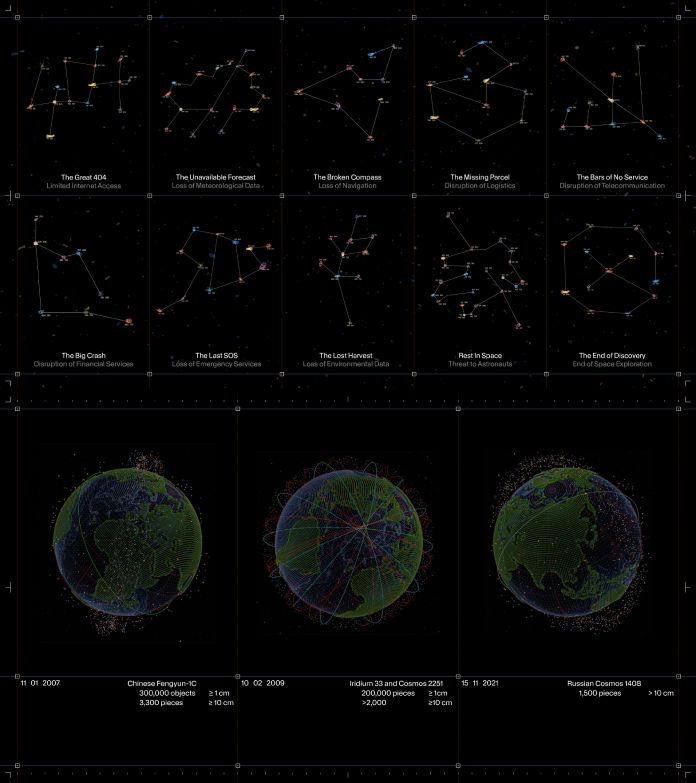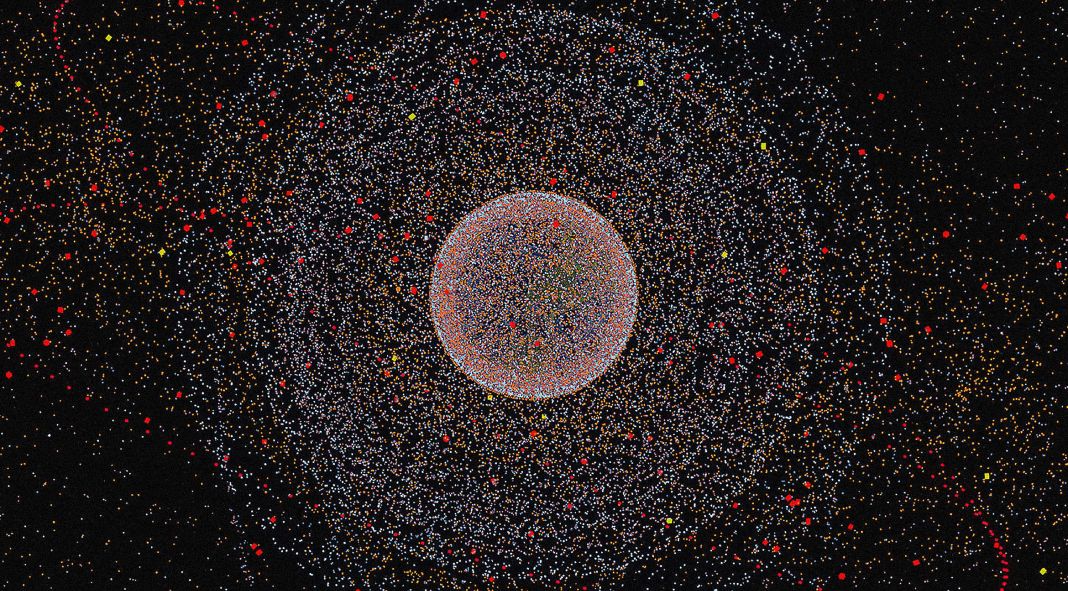Space exploration has brought us incredible advancements, from satellite communication to scientific discoveries. However, there’s a hidden problem lurking above our heads: space trash. With over 160 million pieces of human-made debris orbiting Earth, we face a critical challenge. These fragments, traveling at speeds of up to 15 kilometers per second, pose a significant threat to satellites, space infrastructure, and even our daily lives.
The Urgency of Space Pollution
Space pollution jeopardizes essential services like telecommunication, navigation, disaster management, environmental monitoring, and agriculture. Despite international guidelines on debris cleanup and prevention, enforcement remains elusive. If we don’t change our behavior, space could become unusable.

Introducing Space Trash Signs
To raise public awareness about this issue, a coalition of private and public aerospace organizations has launched the Space Trash Signs initiative. Ahead of the United Nations Committee on the Peaceful Uses of Outer Space (UN COPUOS) session in June 2024, they’ve unveiled a groundbreaking project: astronomical constellations made entirely of space debris.
Each “trash sign” represents a specific consequence of space pollution. Let’s explore a few of them:
- The Broken Compass: This constellation symbolizes the loss of navigation services, including GPS. Without accurate navigation, modern aviation would become impossible. Imagine the impact on 6.5 billion people worldwide.
- The Great 404: Named after the infamous “page not found” error on the web, this sign signifies limited internet access. Approximately 43 million people rely on satellite internet, and disruptions could isolate entire communities.
- The Lost Harvest: Environmental data collected through satellites is crucial for understanding our planet. This constellation highlights the loss of such data, affecting 509.6 million square kilometers of land. Without it, famine and environmental disasters become more likely.
How Space Trash Signs Were Born
Space Trash Signs emerged from a collaboration with Privateer, a space observation company co-founded by Steve Wozniak. Privateer collects over 800 million data points daily on objects in Earth’s orbit. Their real-time data includes position, speed, country of origin, parent object, size, shape, and estimated removal cost.
Using an AI model, researchers scanned these debris data points to identify the constellations. For instance:
- The Lost Harvest hovers over the Amazon rainforest, Earth’s most biodiverse region.
- The Great 404 appears above Burundi in Central Africa, a country with a low number of internet users.
- The Broken Compass graces the infamous Bermuda Triangle in the North Atlantic.
Our Responsibility
As communication experts, we recognize the universal fascination with stars. Space Trash Signs aims to educate the public about space pollution—a topic that profoundly affects us yet remains under-discussed. Let’s change that narrative and safeguard our celestial environment.
Bringing these signs to life, over 700 planetariums worldwide will showcase them. Additionally, popular augmented reality (AR) platforms will integrate these celestial reminders into our digital experiences.
Let’s look up to the stars with renewed awareness and responsibility. Together, we can protect our cosmic home, Gaia, from the debris of our past endeavors.
For more information, visit the Space Trash Signs website. Digital design studio Moby Digg collaborated on this project with Serviceplan Innovation and Eat, Sleep + Design.
We’ve crafted this article to highlight the significance of space pollution and the innovative Space Trash Signs initiative.

















